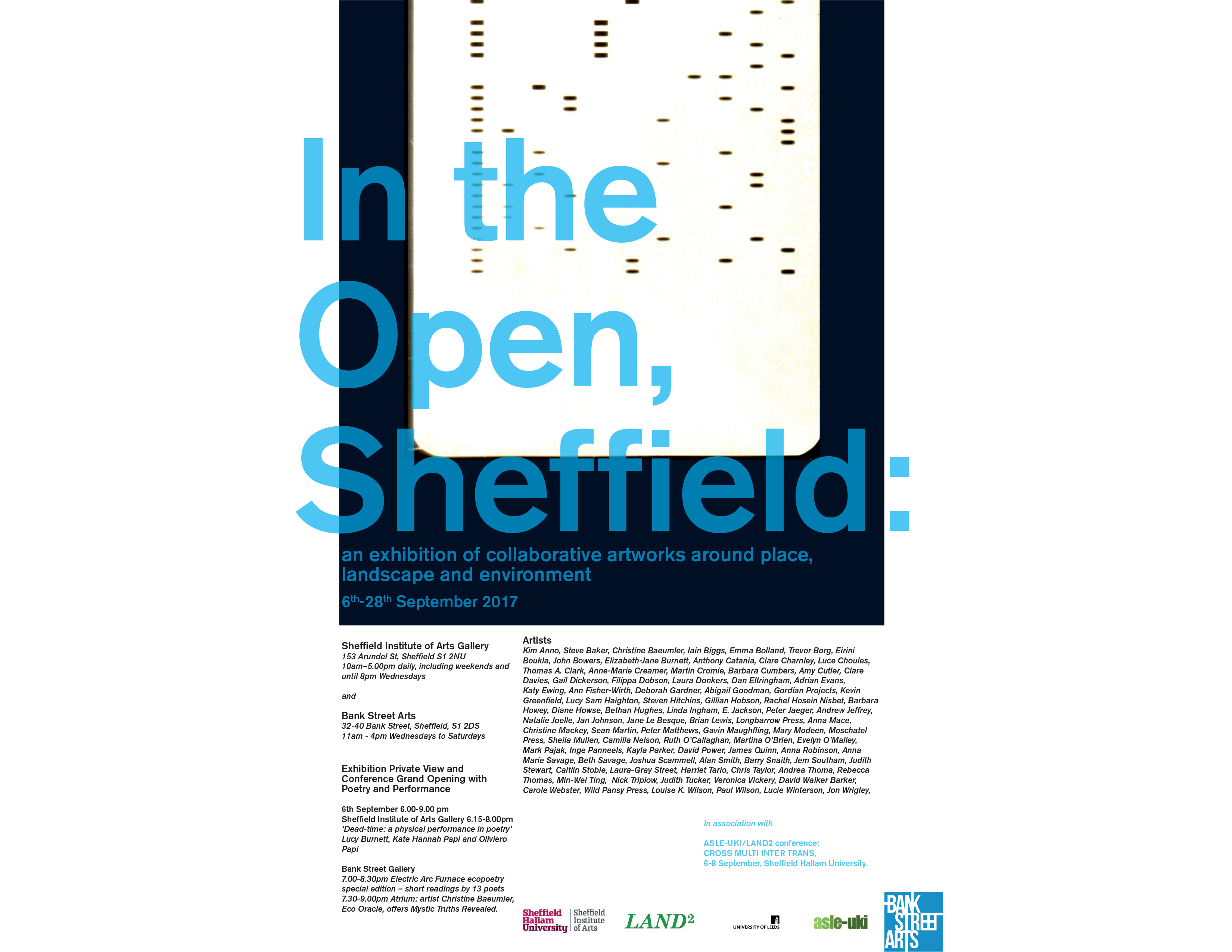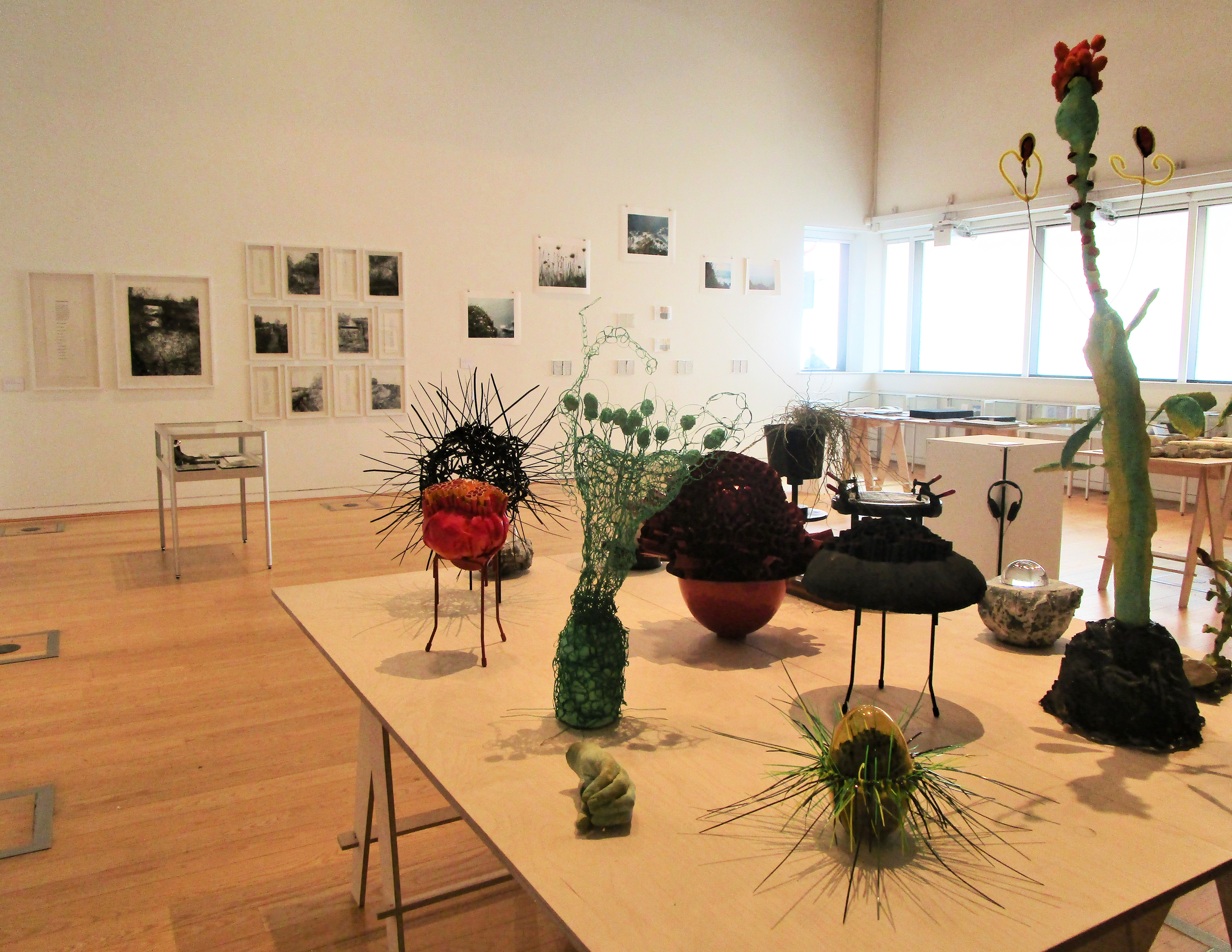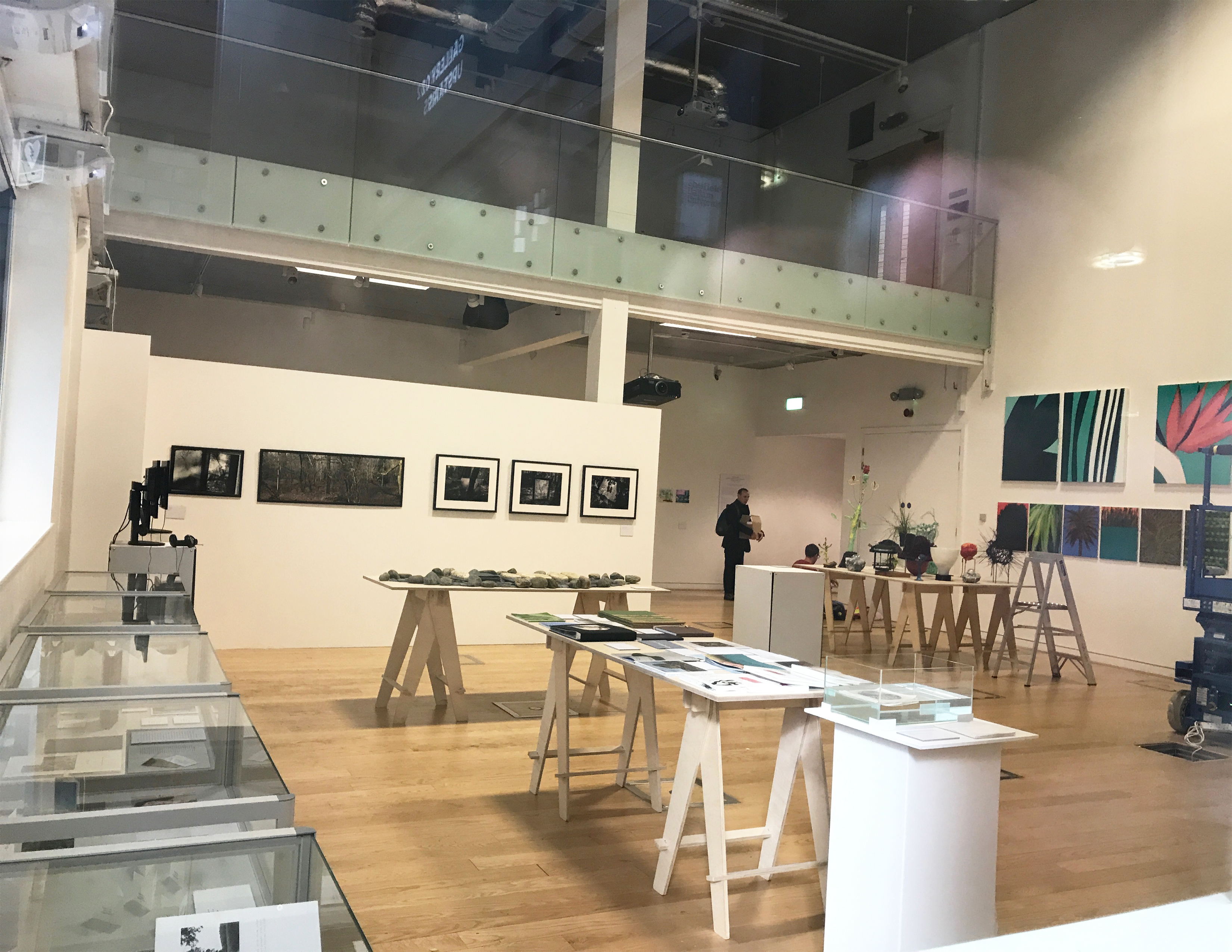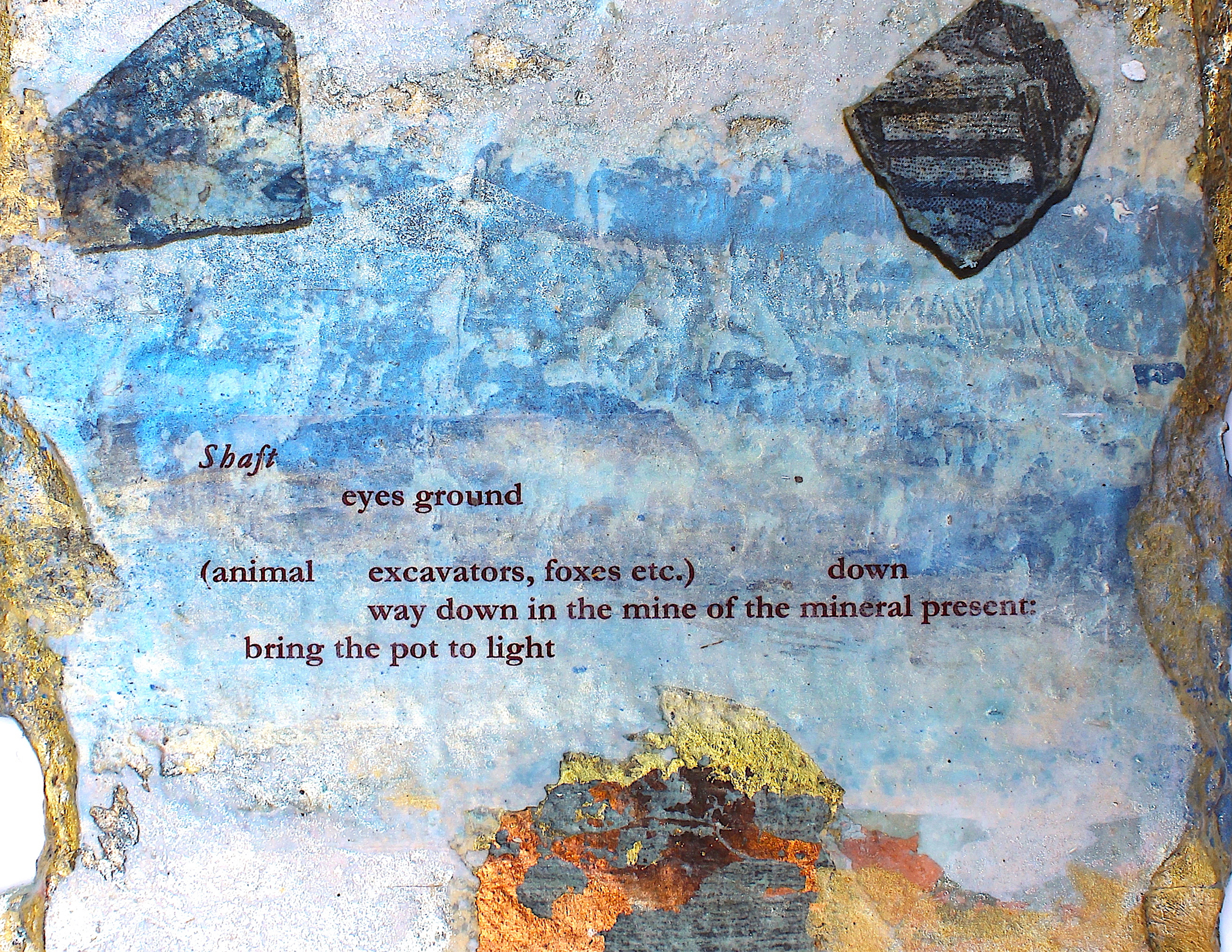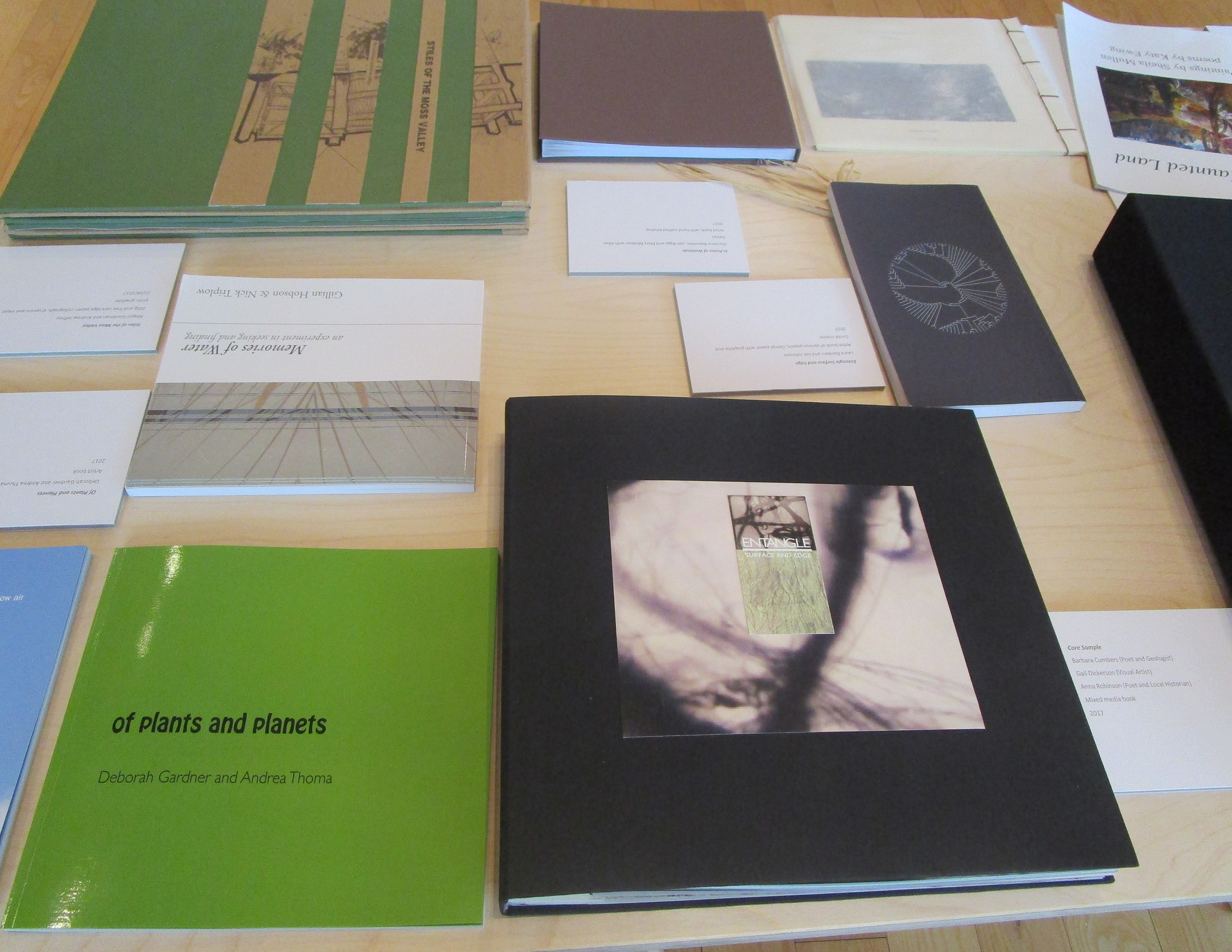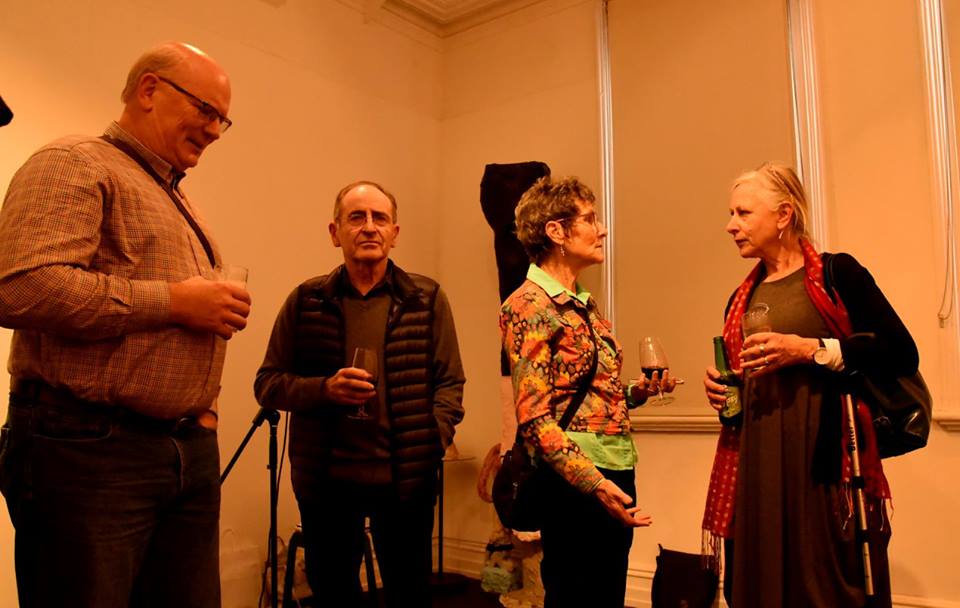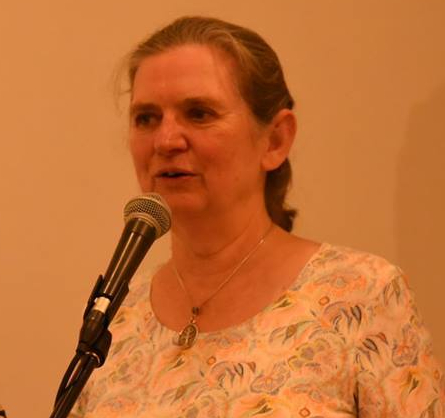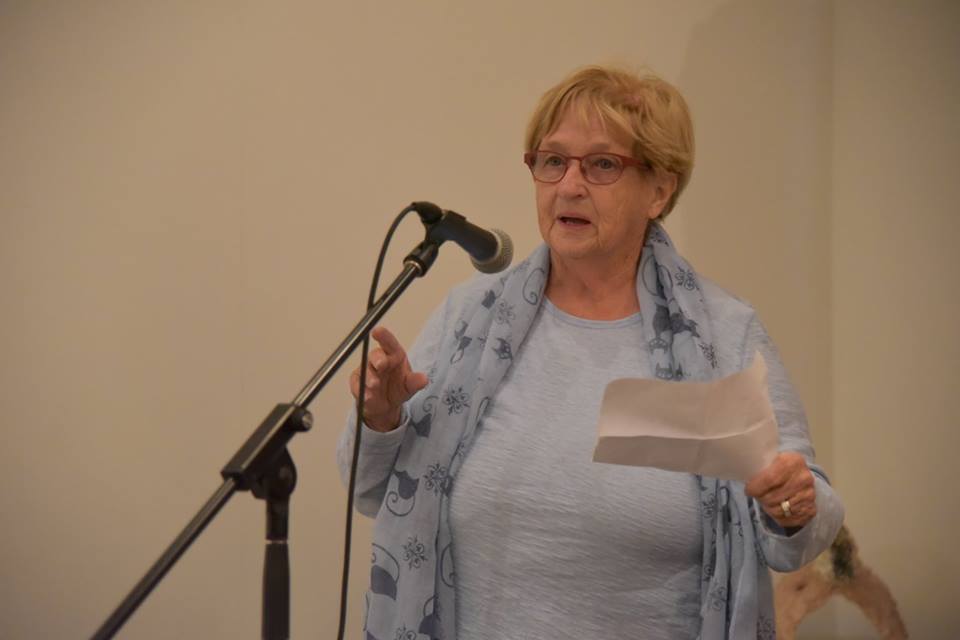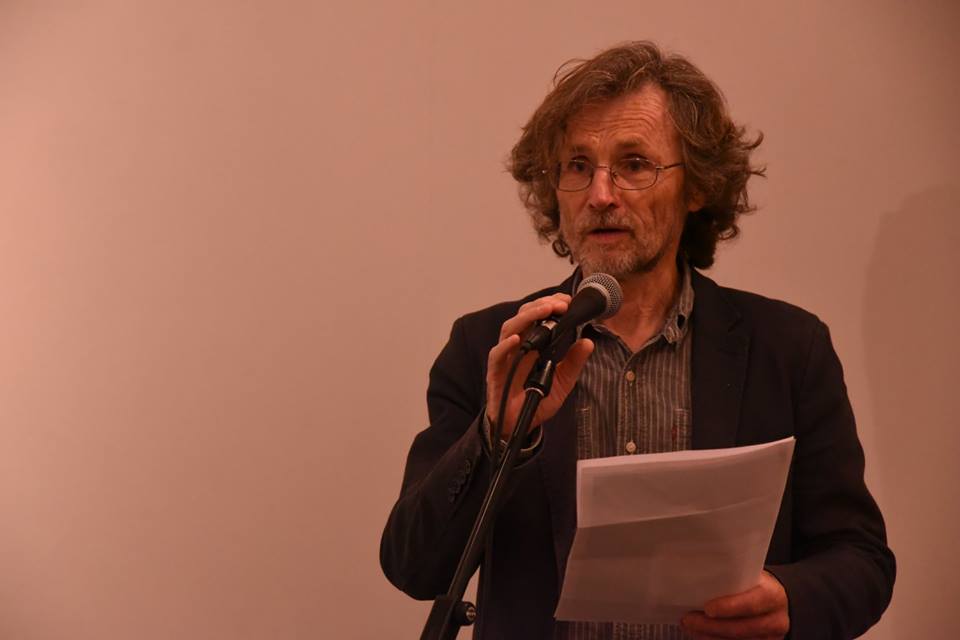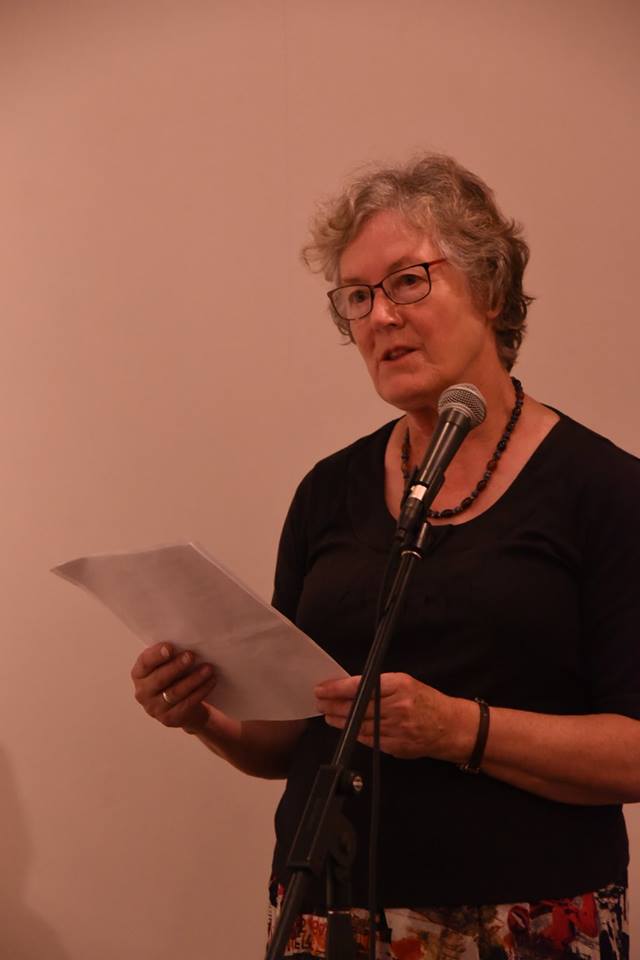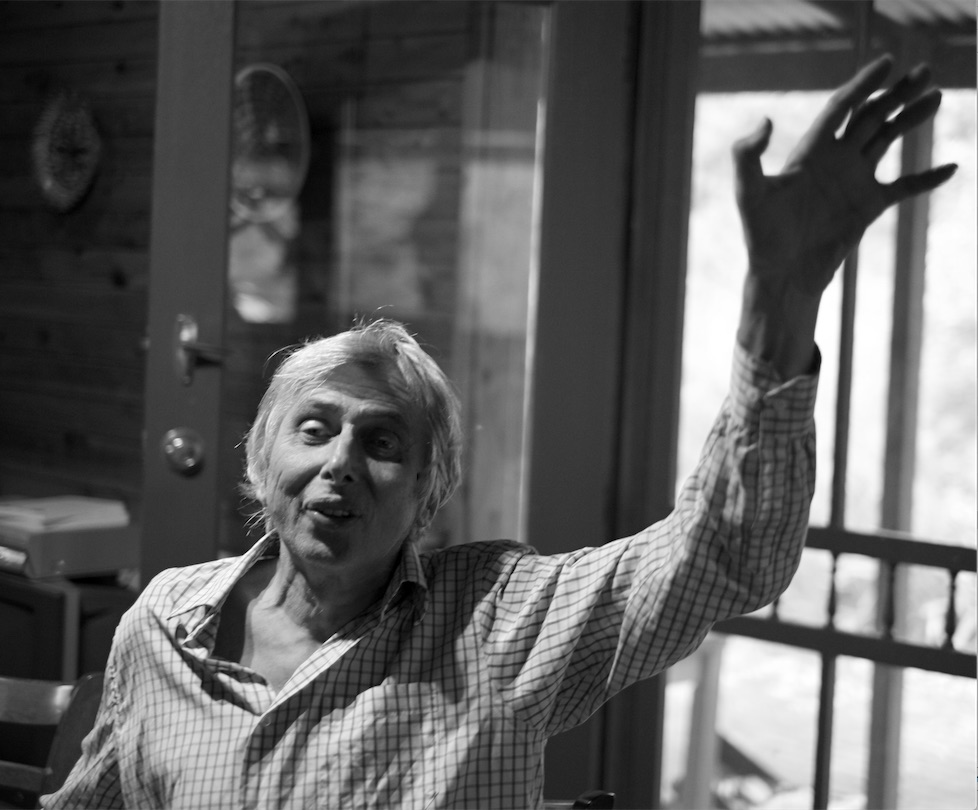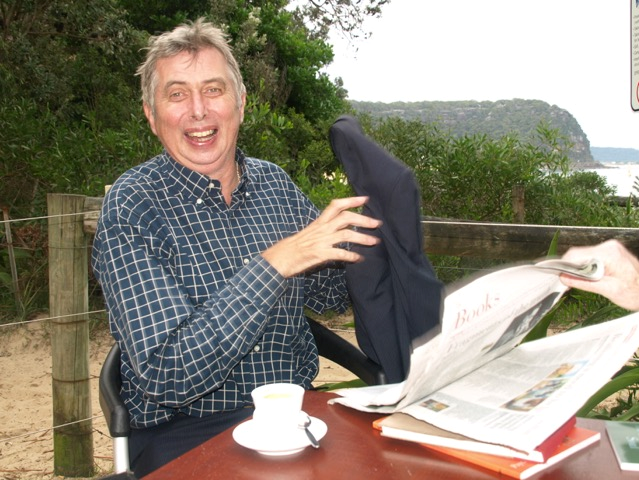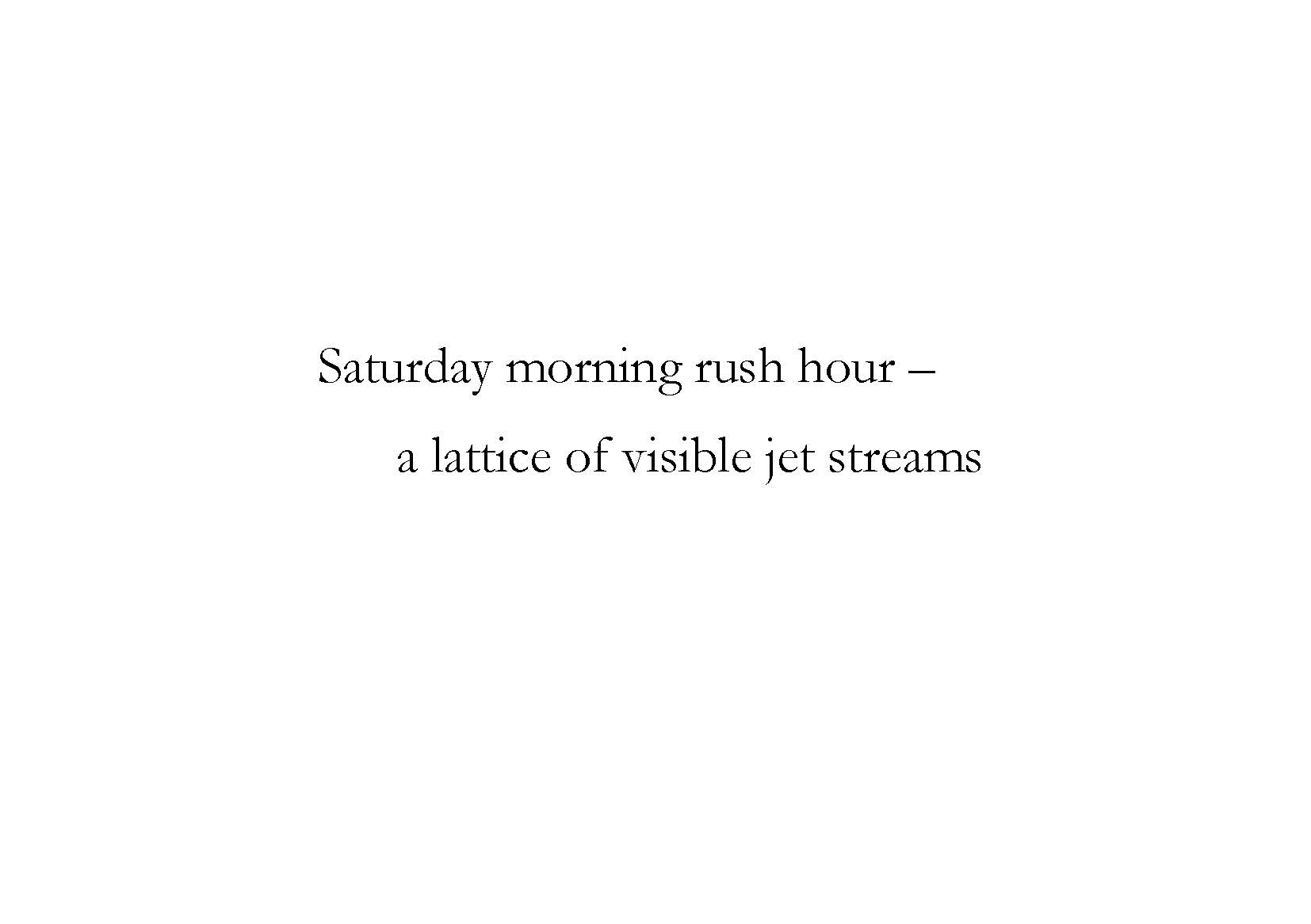Judith Nangala Crispin
My story is very common in this country. For generations my family worked to conceal our Aboriginal roots. Our darker complexions, I was told, harkened back to Spanish sailors shipwrecked near Scotland, or invading Moors. Our family tree had missing branches – whole generations without birth certificates. And I knew, of course. No family can keep a secret like that indefinitely. It seeps out in a thousand tiny ways –my Grandmother saying ‘Sit in the shade, dear, you don’t want to look like an Aborigine’ … When my mother developed a skin pigmentation disorder, uncommon in non-Indigenous people, I started looking for answers. The lie was only a few generations back, but it took me almost twenty years to uncover. My grandson will grow up knowing that we belong to the Bpangerang tribe from north-eastern Victoria.
In 2011, after a long and fruitless search for my Great Grandfather’s people, a group of old Warlpiri ladies took pity on me and took me under their wing. Every few months we would go out into the Tanami desert together, hunting, talking, visiting sacred ground. Over time they gradually demonstrated to me the sentience of landscape. White or black, they would tell me –Country is the same. In my writing and image making, I began exploring this idea of connection with Country. What kind of connection could be created between Country and a person with lost ancestry, or a white person, or someone born overseas? I wanted to discover what a shared language with country would look like.
This question drove me into the Northern Tanami and Great Sandy Deserts again and again – I go still now, sometimes with Warlpiri friends, sometimes alone.
Now, seven or eight years later, I am articulating this search in the form of an illustrated verse novel. Western culture is wounded and narcissistic. We elevate homo sapiens over all other life, but remain terrified of the natural world. Country is trying to talk to us all the time, but we have forgotten how to listen. Before storms the black cockatoos fly east, and termites reinforce their towers. That great maternal intelligence, Country, lies beneath the super highways and shopping malls of a species increasingly cut off from the natural world. And nowhere is this alienation more evident than in our culture’s aversion to death. We shed tears for a fallen rock star on instagram – but avert our eyes from a dead bird on the highway. Death has become for us an abstraction or a horror – a coffin, plastic flowers on a street sign. But the reality of death is not like that at all. Watching a bird decompose, you see how it changes, how it comes to resemble a skeleton leaf or branch. You witness how Country takes that body back into itself—the intelligence, the compassion of that act.

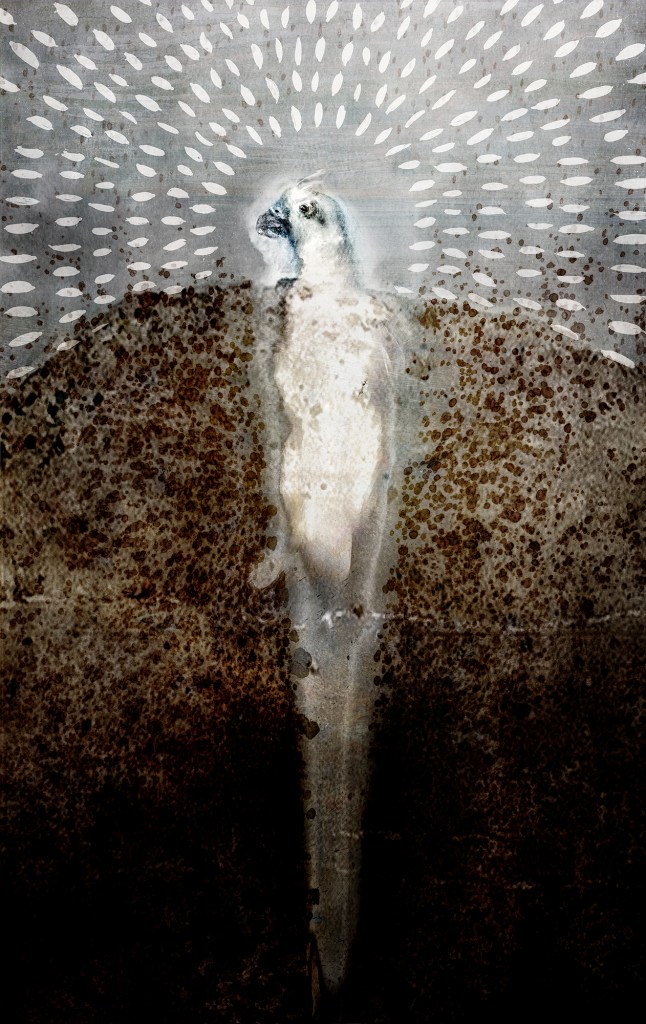








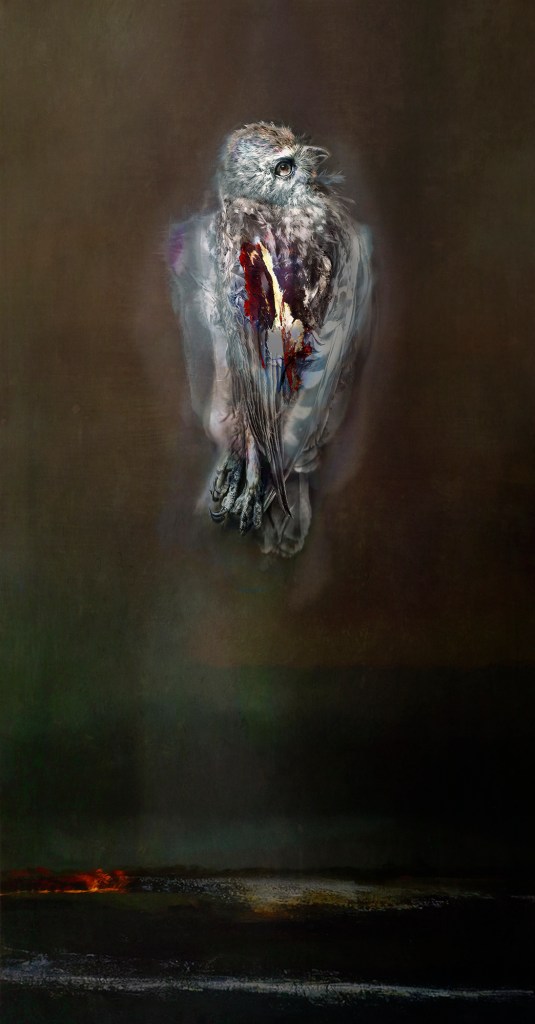

‘The Dingo’s Noctuary’ is a series of images and poems I am creating in collaboration with Country. Their materials are drawn from Country – literally, in the case of the lumachrome glass prints, which use cadavers, ochres, sticks, grass and light to honour the animals and birds killed on our roads. The poems, too, are deeply rooted in the idea of finding a shared language with the sentient landscape – not an inherited language, not something gained through a tribe or custodian, not something theorised in a university, but a genuine connection between an individual and the ground where they stand.
Judith Nangala Crispin is an artist and poet living near Lake George, New South Wales. Her visual arts practice is centred around lumachrome glass printing, a combination of lumen printing, chemigram and cliché verre techniques. Judith has published a collection of poetry, The Myrrh-Bearers (Sydney: Puncher & Wattmann, 2015), and a book of images and poems, The Lumen Seed (New York: Daylight Books, 2017). Her illustrated verse novel will be published with Daylight Books in 2020. You can see her images exhibited in 2019 at The Other Art Fair in Sydney, and at Maunsel Wicks Gallery from September 18.
Images and text: Copyright © Judith Nangala Crispin 2019. No download or reproduction without permission.



